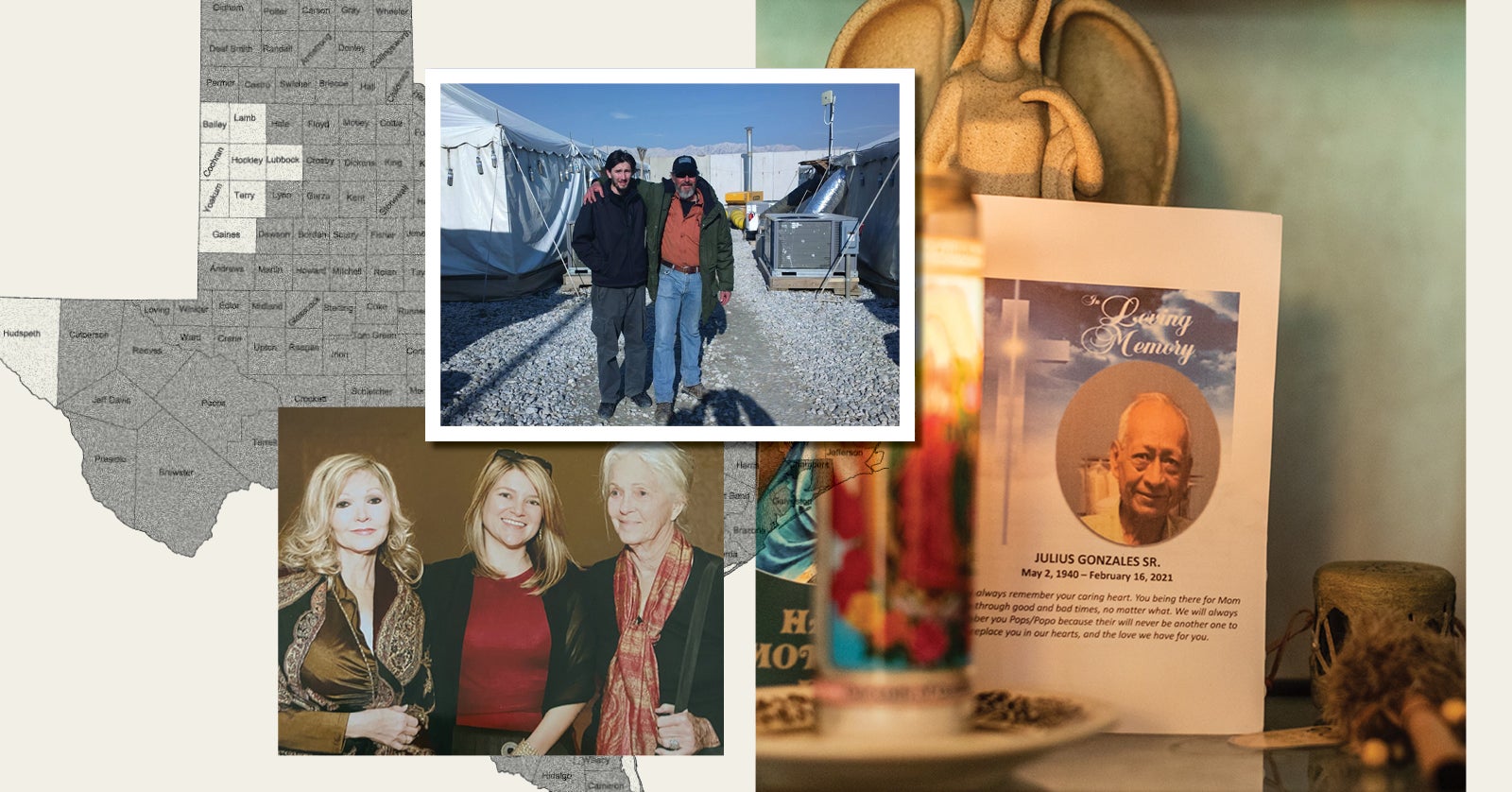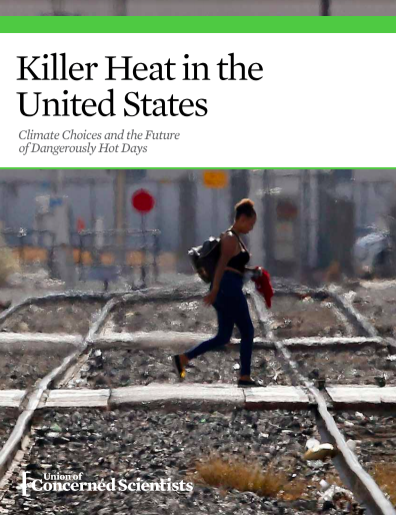You are here
Fri, 2013-05-17 20:54 — mdmcdonald
This working group is focused on discussions about weather.
The mission of this working group is to focus on discussions about weather.
Add Content to this group
Members
| Kathy Gilbeaux | mdmcdonald | MDMcDonald_me_com |
Email address for group
weather-tx@m.resiliencesystem.org




/cloudfront-us-east-2.images.arcpublishing.com/reuters/FUHZQ5X5ENOGVJJEAAJDURV4XE.jpg)





Recent Comments